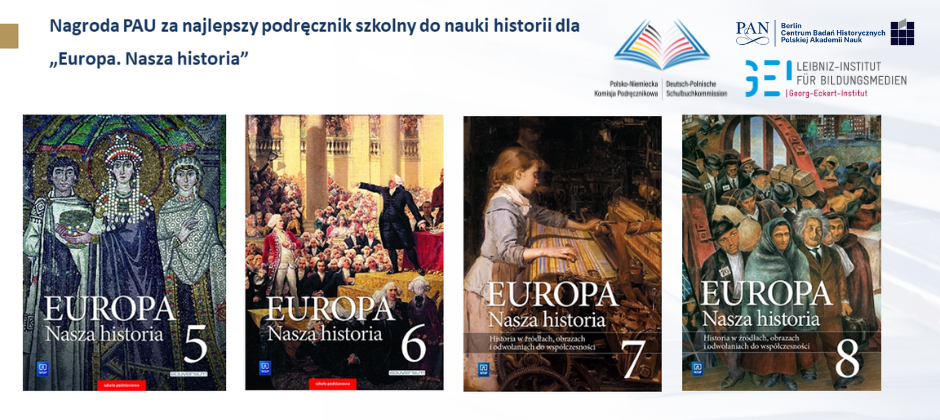Piwnica pod Fortuną w Lublinie z XVI wieku
Prezentacja projektu Urszuli Gulbińskiej-Konopy und Łukasza Konopy w poniedziałek 21 pażdziernika o godz. 18 c.t.
Wykład odbędzie się w języku polskim z tłumaczeniem symultanicznym na język niemiecki
Between libri emblematum and alba amicorum. The frescoes in the "Under the Fortuna" cellar in Lublin, Poland
SUMMARY
The "Under the Fortuna" cellar is located at the historic centre of Lublin, Poland. Its walls and its vault are covered with frescoes composed of scenes in image fields, inscriptions and rich floral decoration. Recent research proved that they have been based on patterns which originated in Frankfurt on the Main and Nuremberg in the late 16th c. The presentation will cover new discoveries, the presumed roots of the composition in emblematics and the tradition of alba amicorum. as well as will delineate the scope of the future research.
GENERAL HISTORICAL BACKGROUND
Lublin was founded and received the Magdeburg Law in 1317. It was an important royal city. Its history was strongly influenced by establishing the seat of the Crown Tribunal there in 1578. The city concentrated religious reformation movements in 16th and 17th c. and became a significant counter-reformation centre. Similarly to other cities it experienced in its history pestilences and devastating fires.
THE HISTORY OF THE LOCATION AND THE FRESCOES
The history of the house where the cellar is located goes back to early 16th c. The renowned family of Lubomelskis owned it until 1661. They played an important role in the life of the city as mayors, councilmen, aldermen and provosts.
The murals were discovered in 1935. Their restoration has been conducted ever since. The most extensive study on the paintings was published by Józef Edward Dutkiewicz in 1957. Our research became the next step in uncovering the derivation and the meaning of the frescoes. Among the still readable depictions within image fields seven were found to be shaped after prints by Johann Theodor de Bry and Johann Israel de Bry and two after Heinrich Ulrich. Consequently new dating and interpretation will be suggested.
THE SCOPE OF THE FUTURE RESEARCH
The research will consider explaining the way the prints arrived in Lublin, the meaning of the frescoes, the relation of the forms used in the historic interior to local art and the history of the owners of the house.





